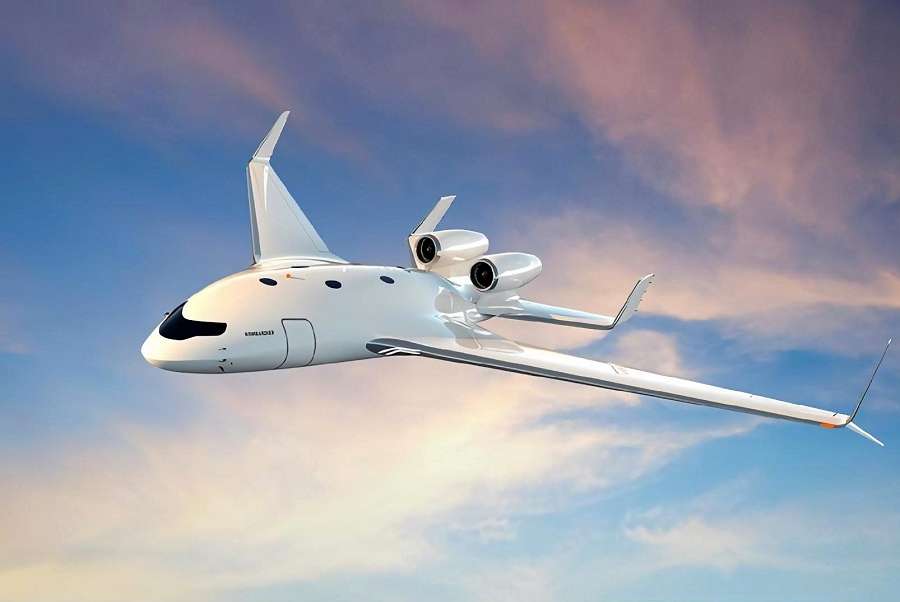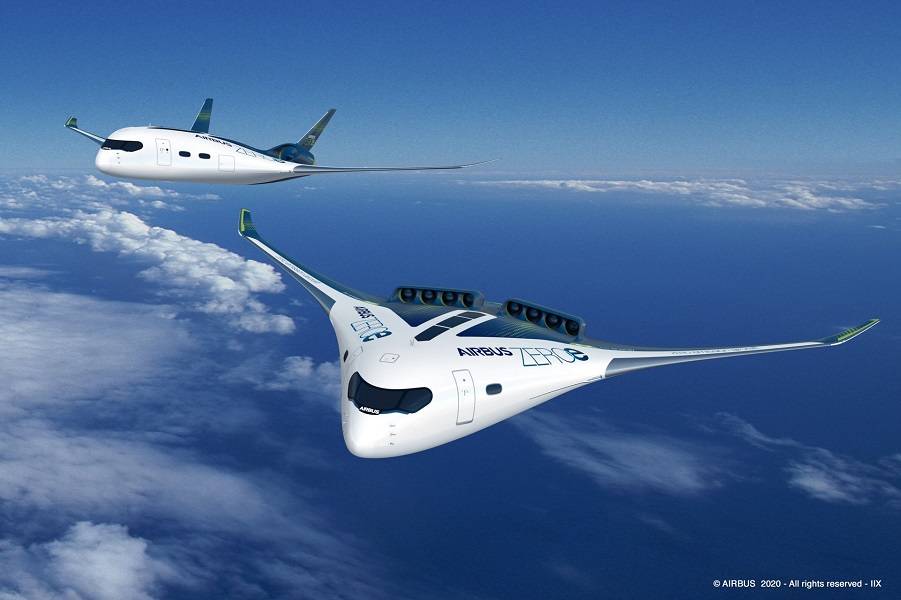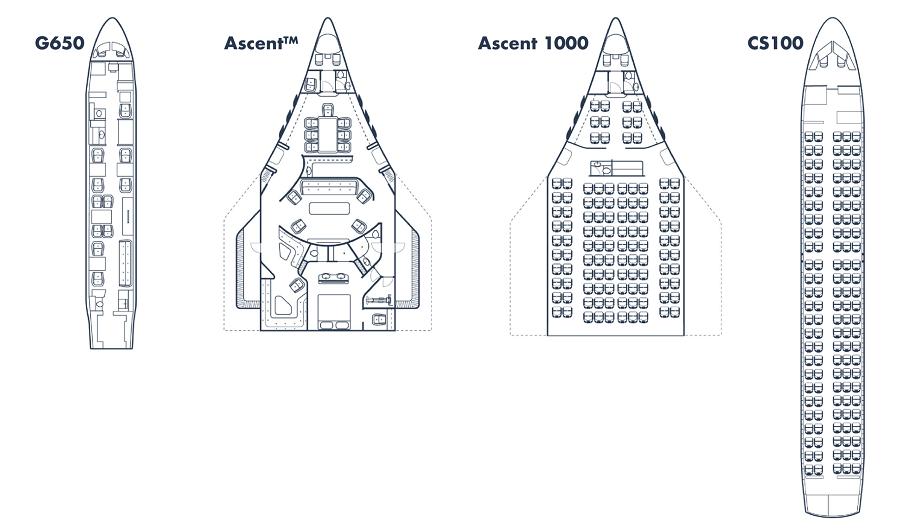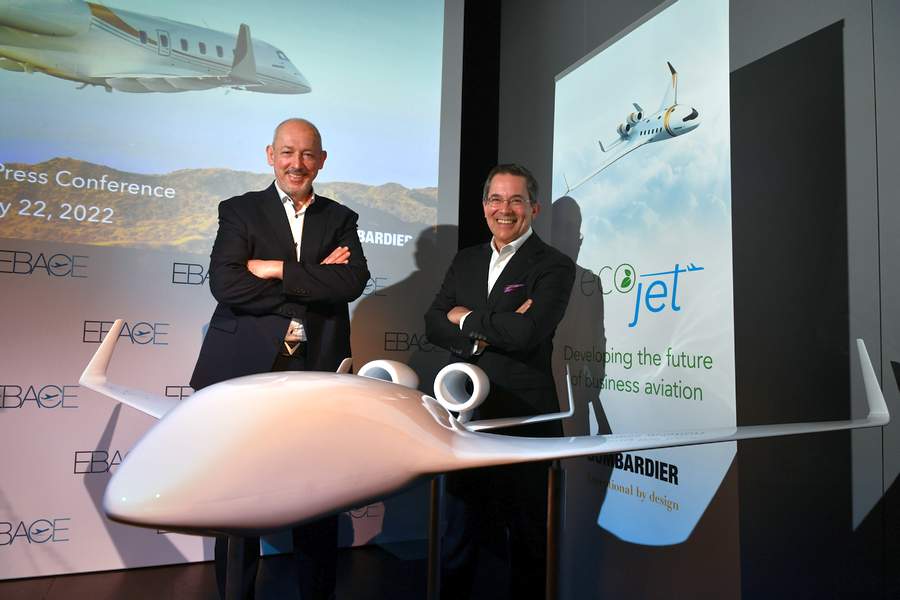Blended wing body aircraft are increasingly popular as future concepts and in May, Bombardier announced the EcoJet, its own take on the idea.

The shape of aircraft in recent… decades, has been mostly consistent. Some have the engines under the wing, further to the rear. Some have a high-wing configuration, most have a low wing – if they’re airliners. And there are many other differences, big and small. For non-avgeeks out there, an Airbus A220 and a Boeing 787 look very similar – unless you see them side-by-side.
So if the shape of airliners that we know works, why change it? The answer, simplistically speaking, is because existing aircraft designs may be convenient/practical, but other shapes may be more efficient. This is why Bombardier is exploring an alternative, with its EcoJet. But of course, it is not the first to do so.

An Attractive Prospect
Radical ideas like flying wings first appeared around the time of World War Two. Control issues and other design factors meant that they didn’t catch on – with a few notable exceptions. But a flying wing is perhaps an extreme form of an aircraft fuselage. The Bombardier EcoJet is NOT a flying wing, it is a blended wing-body aircraft. Or simply “blended wing”, for short.

Blended wing-body designs, in pursuit of efficiency, aren’t commonplace. But they have crept into aviation more than flying wings. The “chines” in the design of the SR-71 gave it somewhat of a blended wing appearance – for an entirely different purpose. However, the reduced drag and higher overall efficiency of a blended wing design, have attracted more aircraft designers. Lockheed even looked at a blended wing military freighter recently.
Bombardier got a lot of attention at the recent EBACE corporate jet show in Geneva for its new Global 8000 corporate jet. But just a day before unveiling it, Bombardier also unveiled its EcoJet project, which it has been working on for some time. This is a blended wing body research platform, that Bombardier has already been testing by using scale models.

Bombardier EcoJet – Still Far Away?
In addition to wind tunnel testing, the manufacturer has also built flyable drone versions of its blended wing. The goal is to develop a new business jet platform that could accommodate even more innovations, like hybrid propulsion. But this is a long-term project. Bombardier aims to have a practical, operational EcoJet, in around two decades.

Blended wing-body designs promise a more rectangular cabin than existing aircraft (see above). But this new cabin design has some limitations. For example, the number of available exits in case of an emergency evacuation is a riddle for designers to solve. There have been some ideas in this area, but corporate jet designers don’t need to worry about it, as a factor.
The above is one reason why corporate jets could become the first blended wing-body aircraft to enter service. Another is size. Developing a new small jet, like a practical Bombardier EcoJet, would be easier than a 70-100-seat airliner. Also, a smaller size affords a better chance for hybrid and other technologies to succeed, compared to mid-sized airliners.

As we have seen, NASA has invited aircraft manufacturers to submit practical suggestions for blended wing-body designs. The agency has already flown scale models. It will be interesting to see what the first commercial or cargo blended wing aircraft looks like. But it will likely be slower than Bombardier’s latest business jets.



